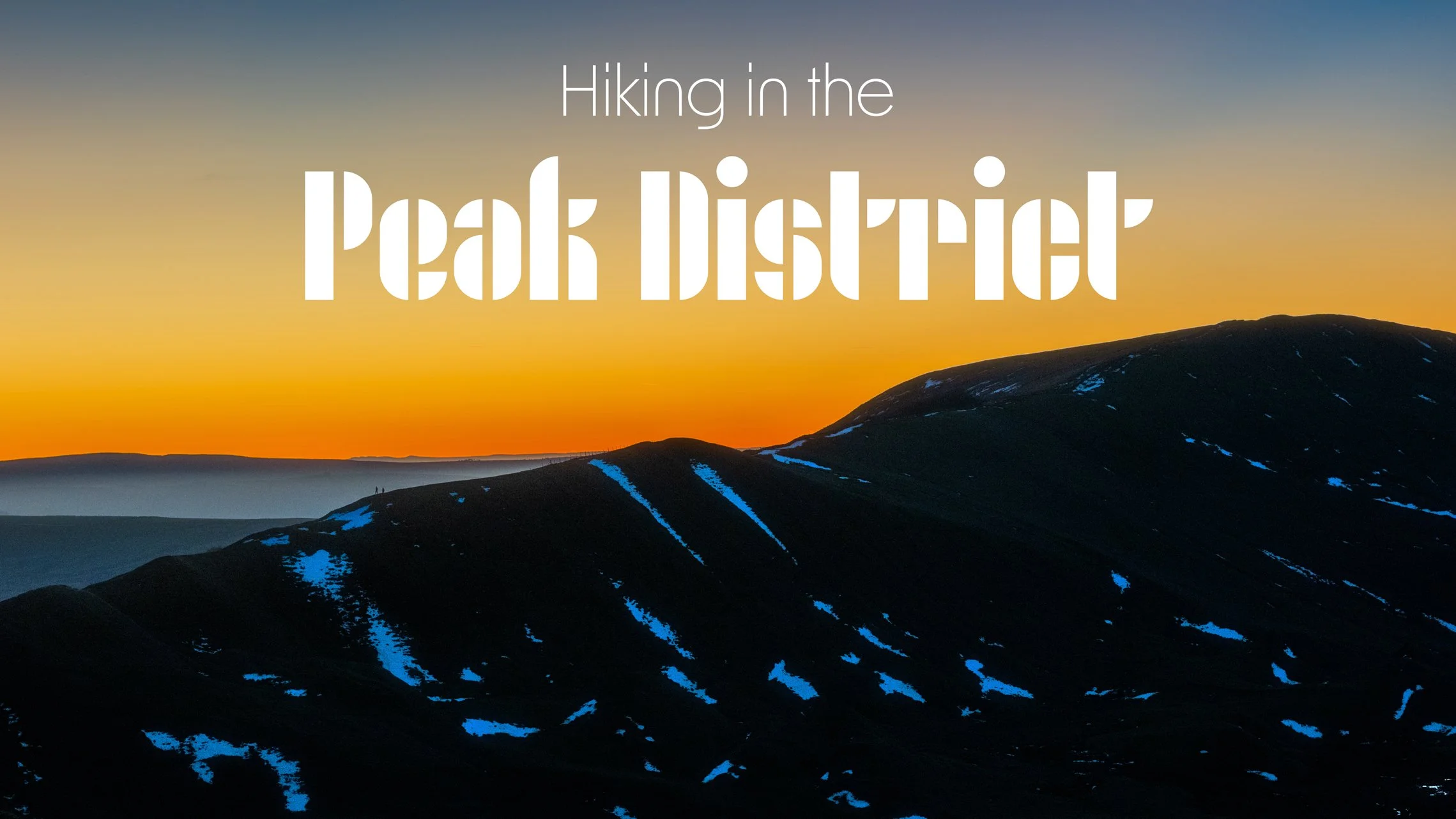Featured Photograph
The Shark’s Fin
It was almost 3 am when we reached Volandstinden. The midnight sun was in full force, but a shroud of clouds was covering the whole mountain. My dad and I couldn’t even see where the trail was supposed to start so we decided to take a stroll and then we went for a drive.
It was the first time when we were so far in the southwest of the Flakstadøy island. We crossed the Kubbholmleia bridge into Moskenesøya and I felt disappointed. For the first time I had given up on a hike. I knew that pursuing it would mean getting home at 6 in the morning and a sleepless night, but part of me was not content. We turned the car around. Upon our return we saw the peak rising from the clouds, like a fin breaking through the sea surface. The 457 m tall mountain gave the landscape a mythical appearance and disappointment gave way to joy and wonder.
YouTube
In January I went to the Peak District to hike Mam Tor. My journey started in Hope and I followed the trail up to Lose Hill and Black Tor. The sun was shining the whole way and I was treated to a beautiful sunset once I reached Mam Tor where I camped for the night. An icy wind was blowing as the full moon rose in the sky. The following morning I woke up to the sun rising over the valley below. I made my way down to the Blue John Cave and then I descended to Castleton via Winnats Head where after a visit to the local pubs I caught the train back to London from Hope.

